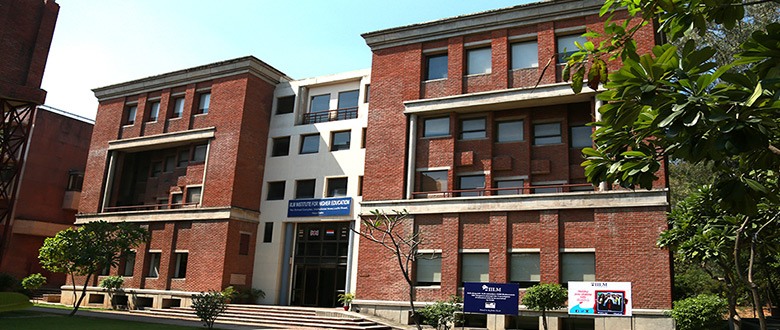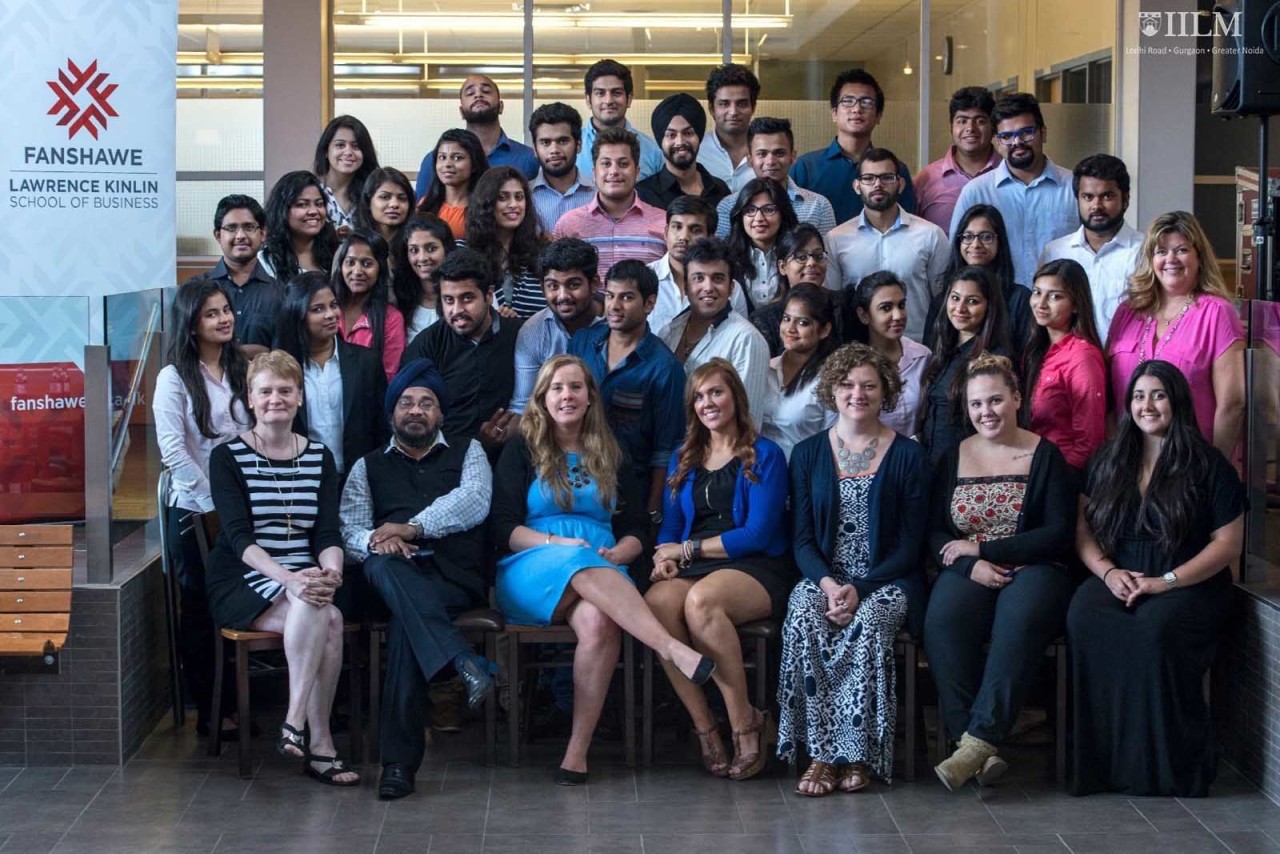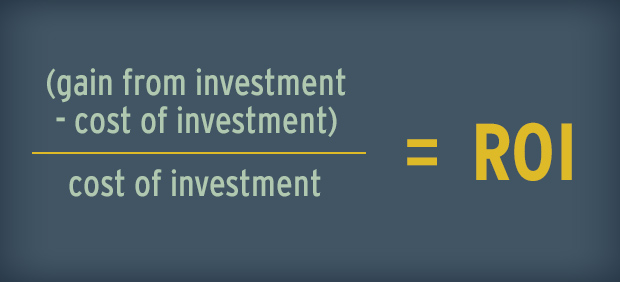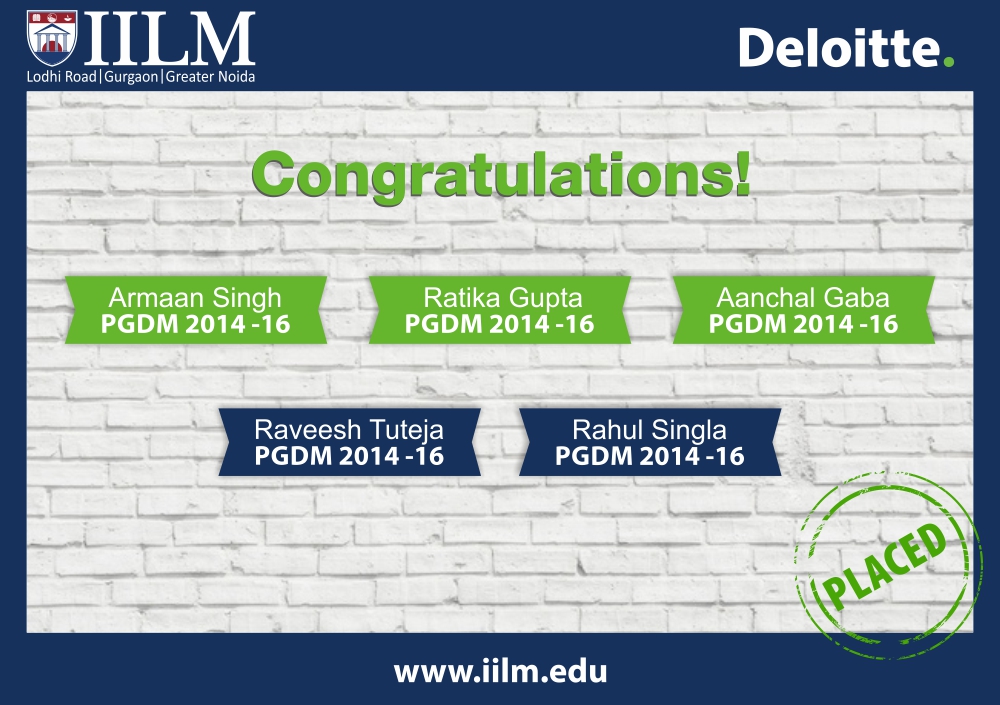Can Organizations Learn Without Structural Fluidity?
Global business environment is changing at an unprecedented pace due to changing trade policies, advancing technology, and rising competition. Business organizations behave like an open system which makes them quite vulnerable to environmental changes. Their survival depends at how fast they can sense the environmental signals, how quickly they can respond to it, and how well they adapt and align their strategies to accommodate the change.
Continuous improvement programs are one of the measures adopted by the organizations to gain a competitive edge. However, to the surprise, most of such programs result into failure because of the very reason that organizations fail to continuously learn, unlearn and re-learn. Many reputed organizations such as Chaparral Steel, Xerox, Analog Devices etc. have recognized a connection between organizational learning and continuous improvement.
Organizational learning infuses a phenomenal change in the organizational knowledge base that leads to strategic renewal of the firm’s abilities. This could be done either by exploration of new ways of doing things while at the same time with exploitation of existing techniques. Organizational learning is triggered by various kinds of environmental forces such as socio-economic value change, social movements and interests groups, transformational forces at territorial level, technological changes, market signals etc.
Organizational learning requires foreseeing and correcting the errors which may cause risk. Errors can occur either during the people trying to match their abilities with the fundamental elements of the organization such as its structure, goals and objectives. In this context, learning happens at two separate problem spaces. One is the space where organizational tasks are performed, and other is at the level of fundamental principles, goals and objectives where organizational tasks are defined.
There are two competing paradigms to understand the learning practices inside an organization. It has given rise to a macro level debate between ‘organizational learning’ vs. ‘learning organizations’. These are also referred to adaptive learning and generative learning respectively. Organizational learning refers to primarily adaptive kind of learning which addresses the changes in knowledge level of the individual and organization during incremental improvements for existing operations, technology, quality of products or services etc. This kind of learning is characterized by discrete actions taking place at distributed organizational locations by allowing experimentation and risk taking. The learning takes place without considering the alignment of the operational practices with the core organizational strategy. The incremental improvements are the major factor which drives the innovation and technological growth of the organization. Normally such kinds of learning scenarios are observed at shop floor level of the manufacturing units which are supported by the management (e.g. quality circles). The innovative processes thus emerge out and then incorporated into the new set of rules, procedures, and policies of the organizations. Generative learning happens through transformational changes. These changes are driven by the strategic decisions taken at the top of the organization which introduces radical change in technology, operations and practices.
Senge’s View on Organizational Learning
Peter Senge observed that there are some such organizations which are pro-active learners and quickly transform their practices to align with the environment. They have the capability to anticipate the problems, respond to the complexities of the environment and survive under environmental uncertainties. Generally an organization may rely on both adaptive and generative practices in different proportions. Learning strategy is partially pushed by the top level management (e.g., radical technological changes) to match the organizational vision, and partially it is pulled by the individual and groups towards operations involving organizational innovations and incremental improvements. At individual level, people need to understand the gap that exist between the current reality and their personal vision and move towards achieving their vision. Senge described this gap as a source of ‘creative tension’ which may exist in organizations going through a change process. A shared vision of required to infuse a sense of commitment across the organization. Senge further advocates organizations should moves towards ‘systems thinking’ where people can understand about the interdependencies of their individual actions to the whole. It allows the employees to look beyond the local context and make them realize the consequences of their immediate action on others and vice-versa. It requires a long time to cultivate and shared vision and inquiring attitude in an organization. But, the benefits are far reaching and they are not limited to financial gains but also extend towards creating a better workplace for the employees. Summarizing these principles, Senge described learning organizations as:
“where people continually expand their capacity to create the results they truly desire, where new and expansive patterns of thinking are nurtured, where collective aspiration is set free, and where people are continually learning to see the whole together”
Learning organization is an articulated vision which goes beyond simple training programs; it can be realized in three stages: first by exposing the organization to new ideas and institutionalizing new ways of thinking, second internalizing the new thinking into organizational memory and behavioral practices, and third, achieving the measurable performance improvement such as superior quality, increased market share, brand reputation, customer loyalty etc.
Structure as a critical variant
The principles of organizational learning described earlier require a cultural transformation within the organization with an aim to create shared vision at the workplace. However, this kind of transformation would not be realizable without any supporting structure. From structural viewpoint, organizational learning is an information processing activity and structure is viewed as ‘organizational learning mechanism (OLM)’. OLM is an institutionalized procedural arrangement allowing organizations to collect, analyze, store, disseminate, and use systematically information relevant to their performance. Structure is considered as a relatively stable aspect of an organization which acts as a base for behavioral adaptation. Structure of an organization includes functional roles, specialization& departmentalization, interdependencies between specializations, coordination procedures to manage interdependencies, line of command, and communication pattern.
Structure has dual properties. Firstly, it allows organizations to learn systematically with continuous interaction with its environment. For example, the communication pattern which is supported by information systems plays a major role in an organization for knowledge transactions. It facilitates communication among the various individuals in the organization irrespective of the existing line of command. It facilitates assimilation of new patterns and associations to create a clear vision of organizational goals and to have a better understanding of means-ends relationship.
Secondly, structure also impedes information flow across the organization that in turn results into constrained supply of information at the key decision points. It is noted that organizational structure imposes cognitive limits on information processing abilities and this is realized when someone in the organization faces the challenge during making organizational decisions. Such cognitive limits in decision making has given birth to one the most popular phenomena commonly known as ‘bounded rationality’.
Therefore an organizational structure guides as well as restricts the information search. An organizational structure has two components: stable i.e. those that changes relatively less frequently, and flexible those that are more fluid. These are also called mechanistic structure and organic structure respectively. A more mechanistic (or formalized) structure having centralized control is prone to retard learning because they reinforce the existing set of practices and behaviors. While on the contrary, an organic and decentralized structure encourages learning and innovation at much higher rate. Higher fluidity in structure makes an organization more capable of absorbing new knowledge and innovation.
In order to facilitate learning and overcome the structural limitations, one needs to identify that which part of the structure is hindering the learning process and how could it be re-designed. This requires a systematic inquiry to be conducted by organizational members at all levels. They needs to work collectively to identify the root cause of the problems which are making the organization resistant towards internalizing new knowledge. In context, Chris Argyris has advocated for creating an open learning environment where employees should be allowed to question the organizational practices, processes, policies and fundamental assumptions at which organizations are structured.
There are so many organizations which run learning programs but most of them are not successful. The reason is they are not to taking into consideration the structural map of the organizations. Organizational learning is not limited to managing the behavior of individuals and teams, but it goes beyond the cultural dimension of the organization. For example, transforming an organization with incremental or radical changes also requires systematic structural corrections such as re-defining roles, authority/responsibility, flattening the line of hierarchy, process re-engineering, information system changes, etc. Such changes require an organizational structure to have adequate fluidity which can generate the learning support mechanism to absorb the new knowledge. Introducing fluidity in structure is likely to make an organization more responsive towards implementing any change or making it more resilient against the market fluctuations.








